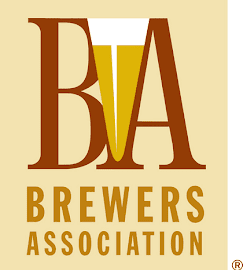I've often wondered when cask ale died off in the US. When was the use of kegs —and pressurized gas draught— introduced? Was it just before or after Prohibition, or was it earlier?
Here's some evidence pointing to the latter. Beer blogger Ron Pattinson has posted a segment from a report on a trip to Britain by some American brewers about the turn of the 20th century.
Drawing by means of gas or air pressure has been tried, but the cost and the fact that the English casks are not made to withstand this additional pressure, have much retarded the application of such systems. It is probable, however, that within the near future a gradual disappearance of the pumping systems, to which there are many objections, will take place.
"Transactions of the American Brewing Institute" 1907, pages 255-256
The implication is that the Americans were practicing pressurized draught.
More overt evidence is provided by a comment left to Ron's post that leaves a link to this passage from 100 Years of Brewing, a reliable historical brewing text, published in 1903.

In the year 1888, liquefied carbonic gas [CO2] was introduced by Jacob Bauer, who afterward organized the Liquid Carbonic Acid Manufacturing Company, of Chicago. At first it was used by the mineral water trade only, but soon thereafter was introduced for the drawing and preservation of beer, and at the present time practically seventy-five per cent of all the beer supplied in wood is preserved with and drawn with and under carbonic acid gas pressure, so at this time it is no longer a question or a matter of doubt as to the successful use of carbonic gas for drawing beer.
By 1903, most kegs may still have been manufactured from wood, but it appears that at least in the US, they were being served by pressurized CO2 draught systems. Handpulled beer, and by implication, cask-conditioned beer, was fast on its way out.
That is, until recent history.












No comments:
Post a Comment
Comment here ...